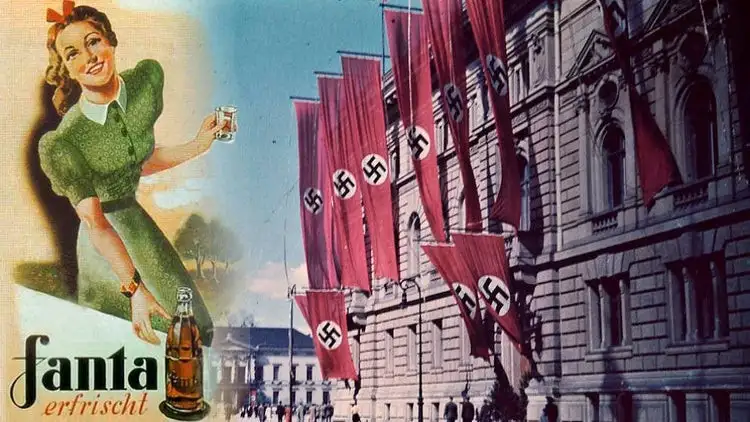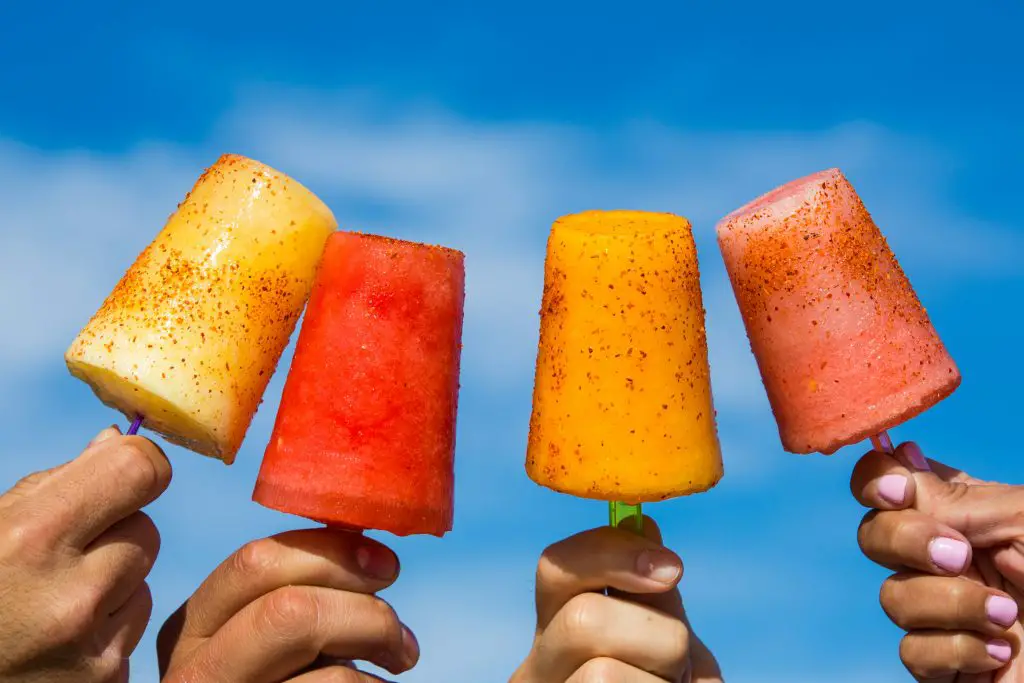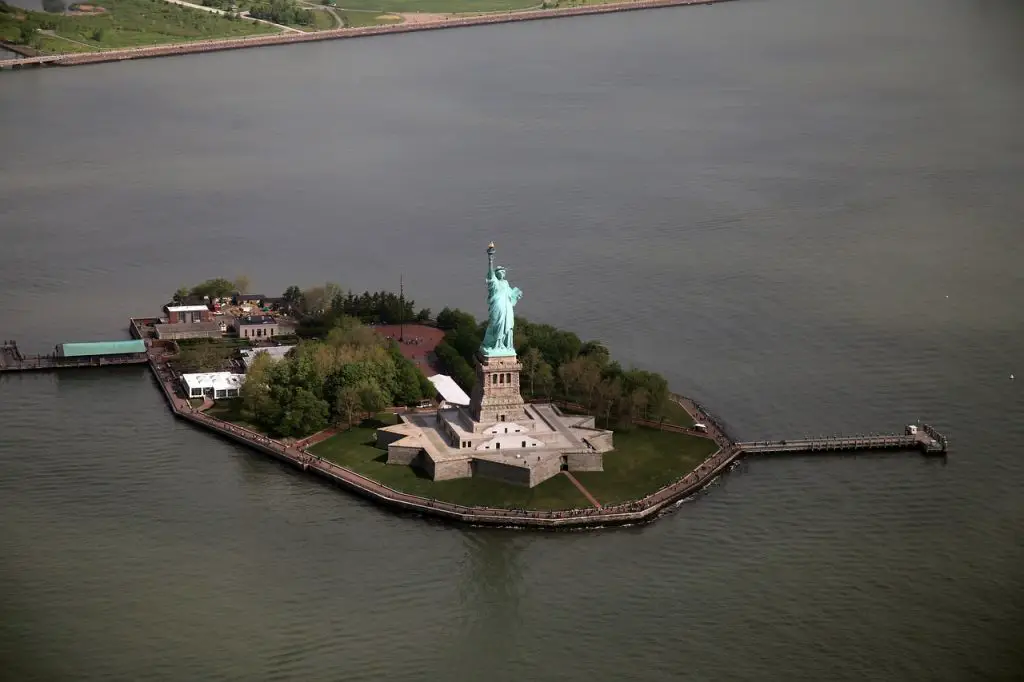 ince its appearance in 1955, Fanta has become one of the best-known drinks in the world. Carbonated juice was not yet invented in 1950, and its original flavor was not that of oranges. The drink was first produced in the 1940s and sold in Nazi Germany as a Coca-Cola substitute.
ince its appearance in 1955, Fanta has become one of the best-known drinks in the world. Carbonated juice was not yet invented in 1950, and its original flavor was not that of oranges. The drink was first produced in the 1940s and sold in Nazi Germany as a Coca-Cola substitute.
The Coca-Cola Company established its position in Germany in 1929. According to Vintage News, the drink became popular after the Nazis took power in 1933. During this period, fifty Coca-Cola factories were built.
Banners could be seen in all major areas of cities, but also during sports activities. Of course, one of the brand’s most important appearances was at the 1936 Olympic Games in Berlin, an event they also sponsored. When World War II broke out, the drink became increasingly scarce in Germany due to the lack of syrup which was the key ingredient in the production of the juice.
The Germans imported syrup from the United States, and the war weakened the stability of the international trade route. Also, when the United States went to war in 1941, the country stopped all trade with the Germans.
A Coca-Cola substitute
However, Max Keith, the director of Coca-Cola factories in Germany, found a quick solution that became very productive in a short time. He decided to use ingredients existing only in Germany to create a soft drink. He combined whey and apple fiber, which were leftovers from cider production, to create the first apple-flavored Fanta.
Keith managed to break Nazi law and import sugar. Therefore, Fanta contained more sugar than most beverages in the country and soon became one of the favorites of consumers. The drink got its name through a brainstorming session that Keith and Coca-Cola members conducted.
Keith asked members to use their imagination to come up with an interesting name. One of the members, Joe Knipp, immediately proposed the name Fanta, derived from the German word Fantastisch (fantastic). Soon, the drink became very popular with many households using it to add flavor to cakes.
After Fanta was accepted as a Coca-Cola substitute in Germany, Keith decided to introduce it to the Dutch chain as well. The Dutch heap smelled of shock. After the end of the second world war, the drink began to be marketed in the United States, where it was not as popular and its production was discontinued.
Don’t let a brand go to waste
In 1950, Pepsi launched its fruit juice brands. So Coca-Cola, already having such a product, relaunched it in 1955. Although it was not among the favorites in the USA, it became very popular in Europe, South America, Asia, and Africa.
It is very interesting to see how Coca-Cola always pushed other people and brands towards innovating and inventing products that are iconic. Especially, how a brand managed to not only survive but also evolve through a world war.
From a marketing perspective, Keith’s idea of creating a Coca-Cola substitute using local ingredients is truly ingenious, as this was also used as a selling point which was in itself enhanced by all the propaganda going around at the time. Not only that but actually created the first competitor to the Coca-Cola drink with the same sort of taste.
Avid Writer with invaluable knowledge of Humanity!
Upcoming historian with over 30 million views online.
“You make your own life.”





